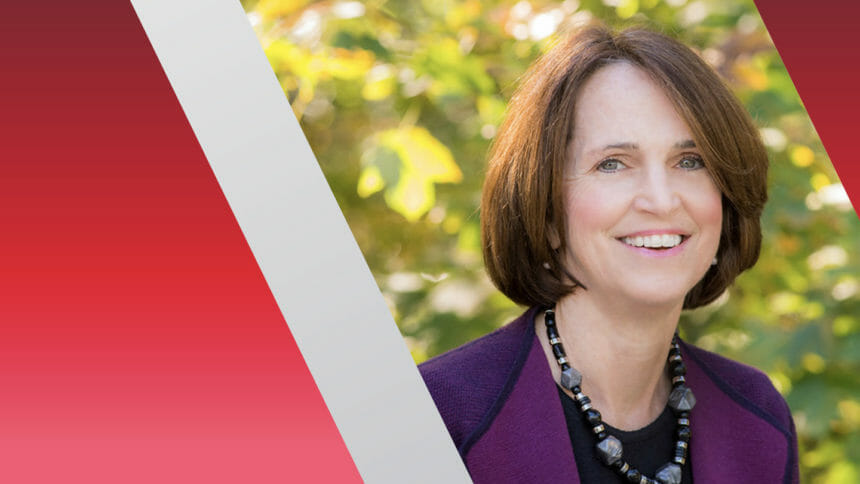
What’s on the agenda for senior service nonprofit LeadingAge over the next couple of years? Solving the worker shortage in long-term care, without question, tops the list. LeadingAge executives laid out strategies to address the crisis to McKnight’s Home Care Daily Pulse in Atlanta on Tuesday at the organization’s annual expo.
“We are looking under every stone and pulling every lever we can possibly find to address this workforce issue,” LeadingAge President and CEO Katie Smith Sloan said.
While congressional Democrats continue to haggle over a reconciliation package that is expected to include billions of dollars in funding for the care economy, Sloan and LeadingAge’s new board chairman, Mike King, are zeroing in on those workforce issues that are likely to be left out of the budget package, but could be addressed by lawmakers later.
One of those issues is immigration reform. LeadingAge included immigration reform in the Blueprint for Better Aging it released last April, one day after the Biden administration announced its American Jobs Plan that aimed to funnel $400 billion into the care economy. Sloan said LeadingAge will push for a guest worker program and an au pair program that would target immigrants who could work in long-term care.
“We started on this before COVID and we did have some members of Congress who were interested in our concrete ideas on immigration reform or immigraiton opportunities, building on existing programs like guest workers,” Sloan explained.
Already a problem
The long-term care industry was struggling to attract workers even before the COVID-19 pandemic. But burnout, coupled with low wages, have exacerbated the shortage. The crisis comes at a time when the U.S. will need an estimated 7.4 million direct care workers by the end of the decade, according to PHI National.
King, who also serves as president and CEO of Volunteers of America, said policy is not the only way to address the worker shortage in long-term care. He believes the entire senior service industry needs to rethink how it regards aging in order to attract younger workers to the field.
“Obviously we need to provide important healthcare compassionately, but let’s provide stimulation, opportunities for engagement, opportunities to volunteer and be active,” King said. “That sort of language is what should sort of permeate what we share with the public.
School outreach
Sloan said LeadingAge will also ramp up efforts to connect with high schools and universities to develop curriculums that prepare workers for careers in long-term care.
“Typically nursing schools, medical schools and healthcare administration schools are very acute-care oriented. It’s really incumbent upon us to convince those schools that there is a reason and a market for focusing on post-acute care and long-term care,” Sloan said.



